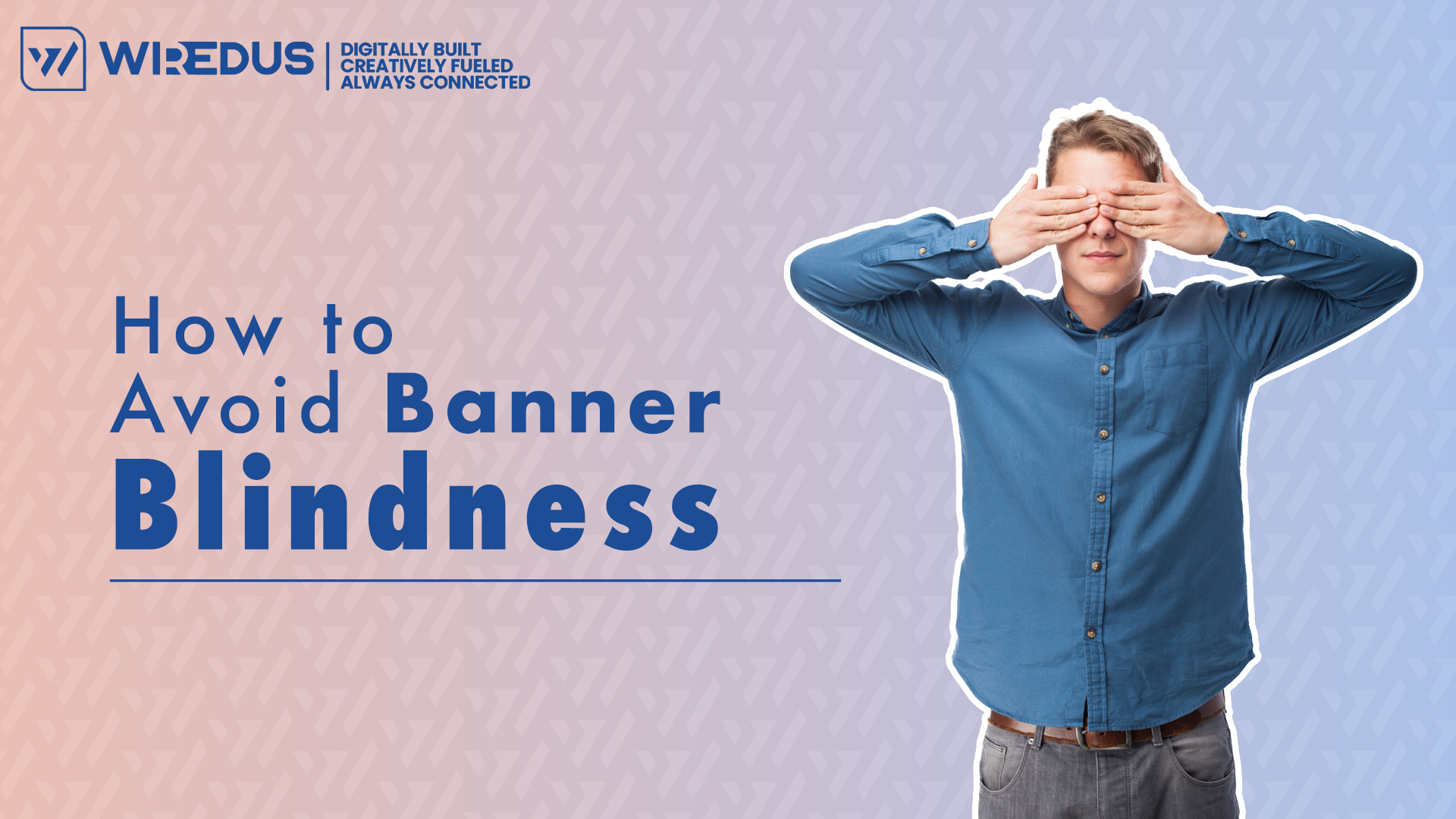We’ve all been there: you’re browsing the web, engrossed in an interesting article or video, when an ad pops up and breaks your concentration. You glaze over as you scroll past, barely paying attention to the ad’s message.
This phenomenon of ignoring online ads, known as “banner blindness,” is becoming more and more common as people consume more digital content. New research from the Nielsen Norman Group shows that users on both mobile and desktop devices are dodging ads within content at alarming rates. For example, in one study, only 0.8% of user eye movements were directed at ads positioned on the right rail of a page, even though the ads took up 25% of the content area.
So, how can you cut through the noise and capture attention in this environment? The key is to understand what drives banner blindness and find innovative ways to engage audiences without disrupting their experience. Here are a few key points about avoiding banner blindness and getting users to pay attention to ads based on the latest research:
- Banner blindness is real and persistent. Eye-tracking studies over decades have shown that people learn to ignore common ad placements. This behaviour is unlikely to change significantly.
- Placement matters. Users have learned to skip areas like the top and sides of pages and the bottom of videos, where ads usually appear. Consider unusual placements, such as the middle of articles, to stand out.
- Match the ad format and style to the surrounding content as much as possible. Native-style ads that blend into the page design are less likely to be ignored than banner ads.
- Size matters – a large inline ad may be too big to ignore even if users don’t want to look. But oversized popups will likely be annoying.
- Context is key. Ads relevant to what users are reading or doing have a better chance of catching their eye versus irrelevant messages.
- Movement draws attention – animated or video ads may help overcome blindness versus static images.
- User-generated content in ads can make messages feel less “salesy” and more like recommendations from other users.
In today’s attention economy, the key is meeting audiences where they are, not where marketers want them to be. By understanding user psychology and prioritising a seamless experience over interruptive ads, brands can overcome banner blindness and get their message heard.
Wiredus can help you overcome your marketing-related challenges. When you connect with us, you aren’t growing your business alone. Whether you need help growing your business or a consultation, we’re here to help. Write to us @info@wiredus.in.

